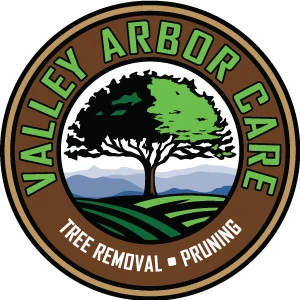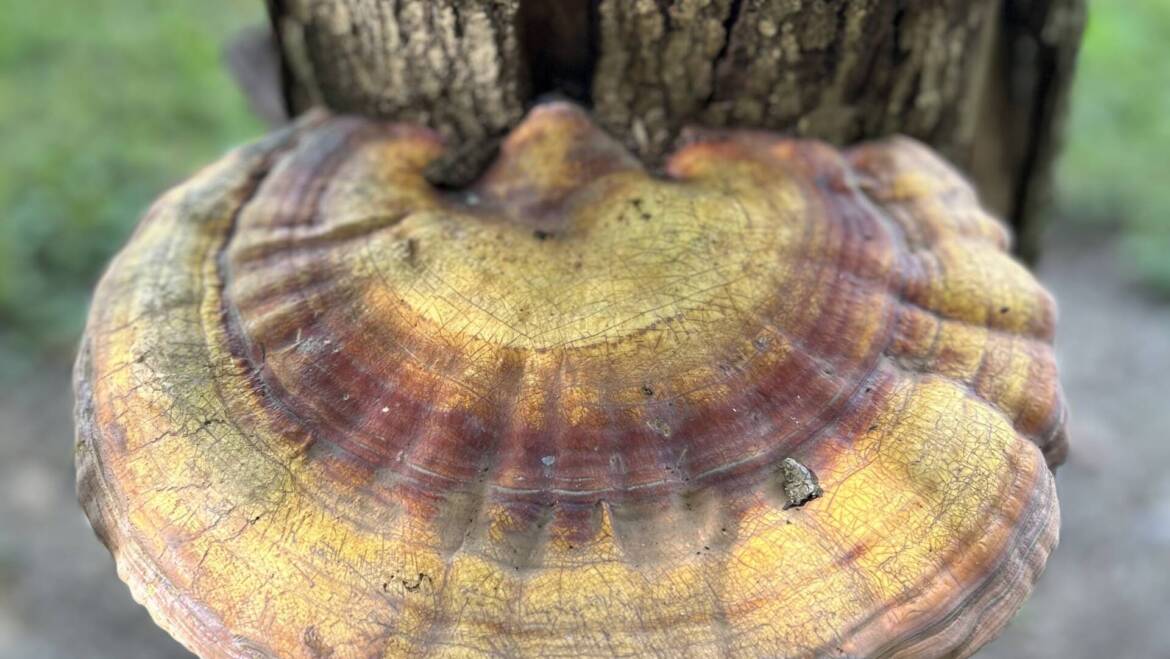Trees not only enhance the beauty of our surroundings but also play a crucial role in maintaining a healthy environment. However, like any living organism, trees are susceptible to diseases. In Northern Virginia, where diverse tree species flourish, homeowners must be aware of common tree diseases, their symptoms, and appropriate treatment methods. In this blog post, our tree clearing and maintenance experts will explore different categories of tree diseases, how to identify them, and steps you can take to safeguard your trees.
Types of Tree Diseases
Fungal Infections
Fungal infections are the most prevalent tree diseases in Northern Virginia. Signs of fungal infection include wilting leaves, discolored foliage, unusual growths like mushrooms or conks on the trunk, and bark abnormalities such as cankers. Infected trees may also exhibit premature leaf drop or stunted growth. Common fungal diseases in our area include anthracnose, powdery mildew, and root rot.
Bacterial and Viral Infections
While less common than fungal infections, bacterial and viral diseases can still threaten your trees. Symptoms often mimic those of fungal infections, including leaf discoloration, abnormal growth patterns like witches’ brooms (dense clusters of small branches), and cankers on the bark. Trees suffering from these infections may also exhibit signs of decline, such as sparse foliage or dieback of branches. Fire blight and crown gall are examples of bacterial infections, while mosaic viruses are a common viral issue.
Parasites and Pests
Insects and other pests can significantly damage tree health. Signs of infestation include visible damage to leaves, abnormal growth patterns caused by insect activity (like gall formation) and weakened branches due to pest feeding. Severe infestations can lead to stressed trees, exhibiting yellowing foliage or premature leaf drop. Common culprits in Northern Virginia include emerald ash borer, gypsy moth, and scale insects.
Identifying Tree Diseases
Early detection and treatment of tree diseases are crucial for maintaining the health and vitality of your trees. By identifying symptoms and taking prompt action, you can prevent the spread of infections, minimize damage to the tree, and potentially save it from irreversible decline or death. Regular monitoring and timely intervention can help preserve the beauty and longevity of your trees for years to come.
To determine if your tree is affected by a disease, examine the foliage for signs of discoloration or abnormal growth. Check the bark for cankers or lesions, and observe the overall health of the tree, including its growth patterns and leaf density.
Look for patterns of leaf discoloration, unusual growth formations, and signs of decline, such as wilting or dieback. Also, inspect the bark for lesions or oozing sap, which may indicate a bacterial infection.
For parasites and pests, look for signs of insect activity, such as feeding damage or the presence of larvae. Monitor changes in foliage and overall tree health, as pests can weaken trees and make them more susceptible to disease.
Treatment and Prevention
Once you’ve identified a tree disease, acting promptly to address the issue is crucial. Common treatment options for tree diseases include pruning affected branches, applying fungicides or bactericides, and improving tree health through proper watering, fertilization, and soil management. In some cases, more aggressive measures like tree injections or trunk injections may be necessary. Consulting with a certified arborist or tree care professional can help determine the most appropriate treatment plan for your specific tree disease.
Prevention is equally important for maintaining tree health. Proper pruning and fertilization, along with adequate water and sunlight, are essential. Avoid stressors like compacted soil or mechanical damage, which can weaken trees and make them more vulnerable.
Your Trees Deserve a Fighting Chance – Act Now!
Protecting your trees from disease is essential for preserving their beauty and vitality. Familiarize yourself with common tree diseases in Northern Virginia, learn to identify their symptoms, and take proactive steps to address issues as they arise. This will help ensure your trees’ long-term health and longevity.
Don’t wait until it’s too late. Contact Valley Arbor Care today to identify and address common tree diseases. It’s the smart choice for proactive tree care. Taking preventative measures now can help you avoid costly repairs and replacements in the future. Our expertise ensures accurate diagnosis and effective treatment, safeguarding


Add Comment